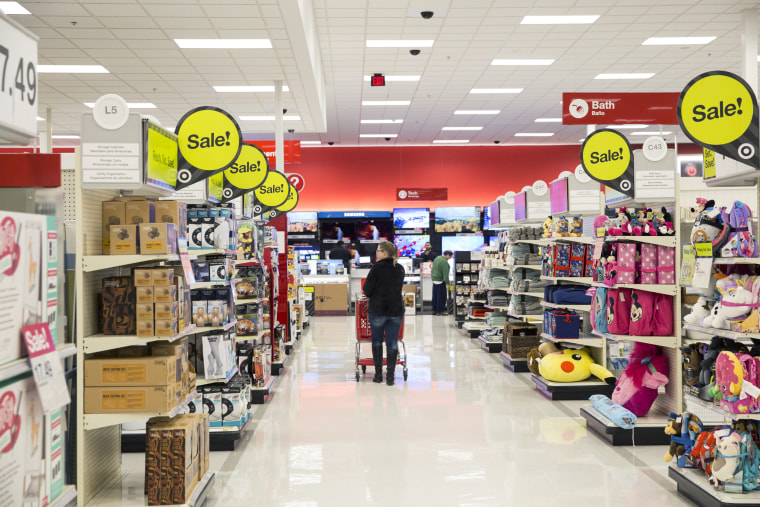Thousands of household products could get more expensive just as families finish up back to school shopping, thanks to the newest round of tariffs the Trump administration has promised to slap on goods from China.
“This is a really, really tragic situation for consumers who are living paycheck to paycheck,” said Jack Gillis, a spokesman for the Consumer Federation of America.
“The administration is negotiating trade deals using our hard-earned dollars,” he said.
U.S. trade negotiators had carefully shaped the previously applied tariffs so they wouldn't be seen directly by most shoppers. They focused on production materials like steel and aluminum. But with all those options deployed and the trade war ratcheting up the only tariffs left for the U.S. are those that impact everyday consumers shoppers the most.
Shoes, headphones, pacifiers, bed linens, binders, backpacks, pine nuts and other common items are now in the crossfire.
“These are things that are going to have a real, everyday impact for American consumers,” said David French, senior vice president of government relations at the National Retail Federation.
More than 70 percent of shoes sold in the U.S. come from China, according to the Footwear Distributors & Retailers of America, an industry organization with more than 500 members, including Walmart, Nike, Crocs and Steven Madden.
Matt Priest, president and CEO of the organization, said the price of a typical hunting boot is expected to increase to $222 from $190; a performance running shoe could cost $187 instead of $150. “All very noticeable increases at checkout,” he said.
In a letter to the government, Lui Simpson, vice president for global policy at The Association of American Publishers, said tariffs would make price increases on books “inevitable.”
”[T]ariffs would be immediately devastating for the industry,” Simpson wrote.
The previous rounds of tariffs have already squeezed people’s budgets.
The levies on imports in 2018 cost the typical U.S. household $419, according to a study by the National Bureau of Economic Research. “Further extensions of the tariffs, as recently announced, will further increase these numbers,” said Stephen Redding, a professor at Princeton University and an author of the report.
Brace for new cars to get even more expensive, said Jeremy Acevedo, the senior manager of insights at Edmunds, which provides research on the auto industry. The average new vehicle costs around $37,000 today, he said.
“Americans are already doing everything they can to squeeze these vehicles into their budgets,” Acevedo said. “Another price increase could be a crushing blow.”
More than 80% of all toys sold in the U.S. are imported from China. “Children are no way to win a trade war,” said Steve Pasierb, the president and CEO of The Toy Association.
Children’s toys face incredibly high safety standards, Pasierb said, and it’s taken decades to make sure that the factories in China can meet them. Quickly shifting production to other countries, he said, is not an option.
As a result, consumers will pay more for the Barbie dolls and Legos under their Christmas trees. Faced with higher prices on a range of other products, though, some children might find themselves short on amusement.
“If a family’s budget is stretched, do they buy fewer toys?” Pasierb said. “The answer is probably, ‘Yes.’”
